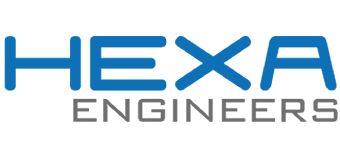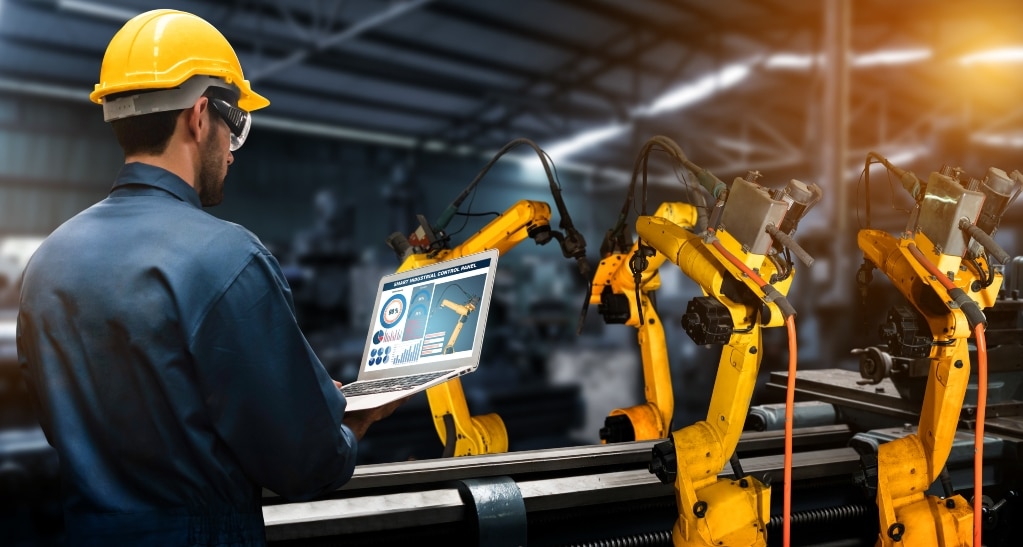The differences between preventive and predictive maintenance
Maintenance is designed to increase the reliability of the machinery and reduce the number of times it is necessary to act reactively in the event of breakdowns. Thus, maintenance is an integral component of the operation of manufacturing equipment.
Preventive and predictive maintenance are the routes that the vast majority of companies choose for industrial maintenance. Something logical, considering that the other possible alternative is none other than corrective maintenance, which deals with the parts only after they have been damaged.
The main differences between preventive and predictive maintenance are listed below.
Preventive maintenance is carried out periodically, regardless of whether or not it is really necessary each time maintenance is performed. Preventive maintenance is designed to keep parts in good condition, but does not, however, take into account the condition of a component or process.
Predictive maintenance occurs as needed, based on real-time collection and analysis of machine operating data to identify problems at an early stage, before production has to be interrupted. With predictive maintenance, repairs happen during machine operation and solve a real problem. If a shutdown is required, it will take less time and be more localized.
Although planned downtime in preventive maintenance can be a problem and represents lower overall capacity availability, it is preferable to unplanned downtime in corrective maintenance, where costs and duration are almost always unknown until it is carried out. The diagnosis is carried out and the problem is addressed.
Preventive Maintenance
Preventive maintenance is the most popular of all. This maintenance is planned in time. Underlying the concept of preventive maintenance is taking action on a regular basis to prevent problems before they occur. Thus, preventive maintenance has the following characteristics:
-It is planned at regular intervals.
-It requires a time of inactivity on the part of the machine to be able to carry it out although this stop is programmed and planned.
-Frequently consists of a checklist that includes inspection, calibration, cleaning, repair and replacement of equipment and components.
-Can be put into practice at different intervals. Your facility may have a daily machine cleaning and inspection regimen at the beginning and end of shift cycles, however, it may also happen that checks are semi-annual or annual and more comprehensive.
-It is carried out even if there are identifiable problems.
Essentially, preventive maintenance is a collection of best practices and historical statistics that is focused on an identified interval that provides the best chance of detecting problems before they arise. It is still used because it is very effective for many companies.

Predictive Maintenance
Predictive maintenance is a rapidly growing field with connectivity and data collection options that continue to evolve constantly. Like preventive maintenance, it has a proactive approach.
The main difference between preventive and predictive maintenance is that predictive uses monitoring equipment to evaluate the performance of machinery through a more real-time, data-driven approach, and therefore identifies the potential for problems earlier they happen.
Just as preventive maintenance is based on best practices and historical data, predictive maintenance takes measurements of machine operations as they occur and uses this data to generate red flags when signs of a problem are detected. It could be summarized by making the following statements about predictive maintenance:
-It is proactive
-It can be carried out while the machines are running in their normal production modes.
-Identify and address potential problems, allowing maintenance to occur before a breakdown occurs.
-It is based on interconnected data collection and measurement systems, as well as tools and workers to analyze that data.
Predictive maintenance vs. preventive maintenance
Each of the maintenance has advantages and disadvantages based on the qualities previously identified. In addition, it must be borne in mind that as these are two alternatives with proactive approaches, some of the benefits clearly overlap.
- Preventive Maintenance
The clearest benefits are that it is proactive, limits unplanned downtime, increases equipment life, and is efficient, especially with experienced staff.
In terms of downsides, you may be addressing issues that don’t really exist as maintenance occurs independently of identified issues, requires more extensive inventory management for replacement components, and increases planned downtime.
- Predictive Maintenance
Benefits include proactivity, identifying real issues early so they can be addressed, reduced downtime, improved inventory efficiency where parts are not replenished to failure, but are not replaced while they are still usable, and Finally, it offers extensive options for maintenance practices based on real-time analysis.
The main disadvantages are that it is more complex than preventive maintenance, not as scheduled as this since downtime can be considered unforeseen, although it is shorter and more efficient, you may need new equipment and technological infrastructure to collect and share data with a centralized system and, finally, may require extra staff or further training of existing staff.









